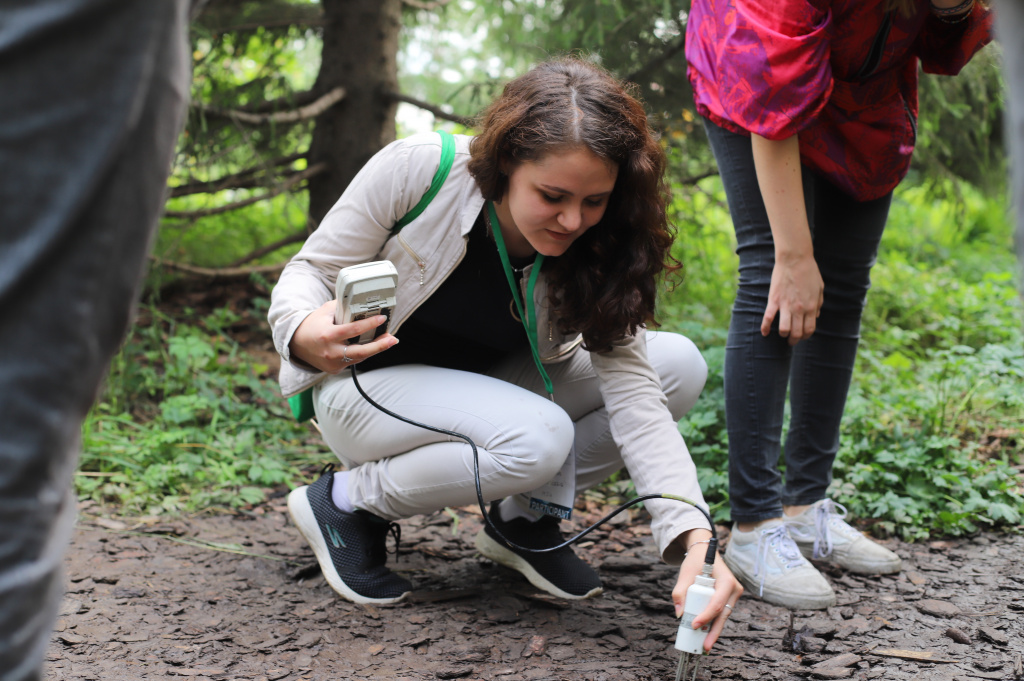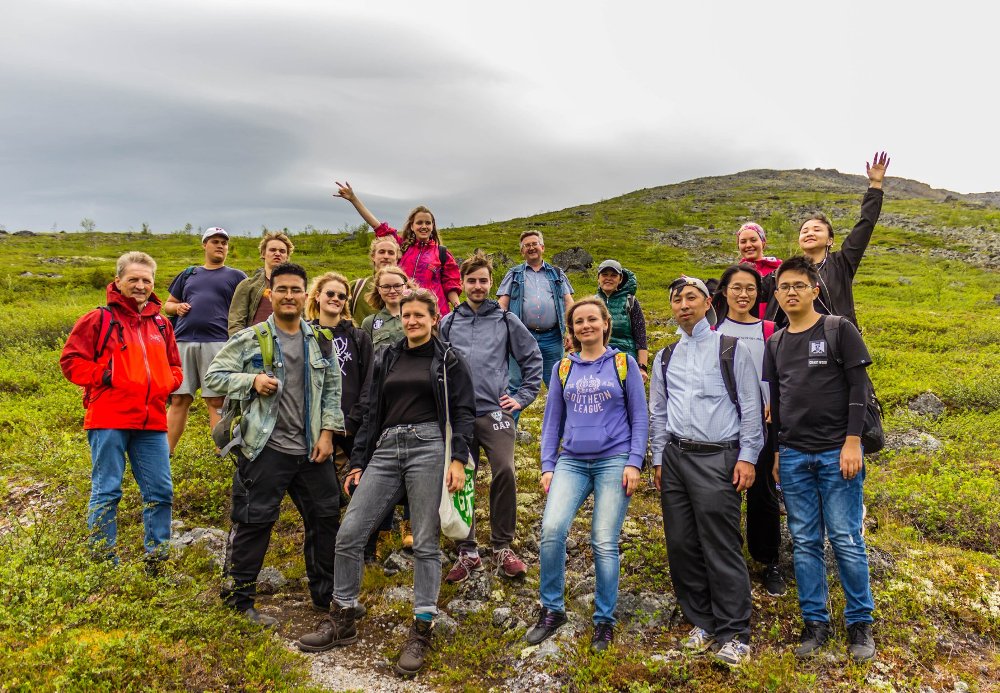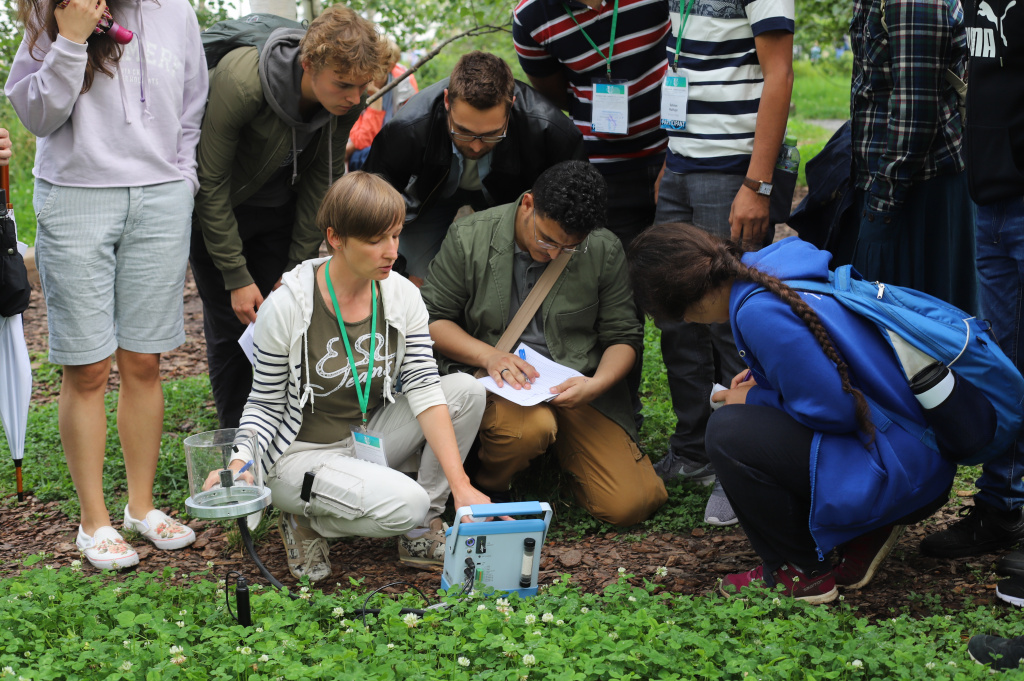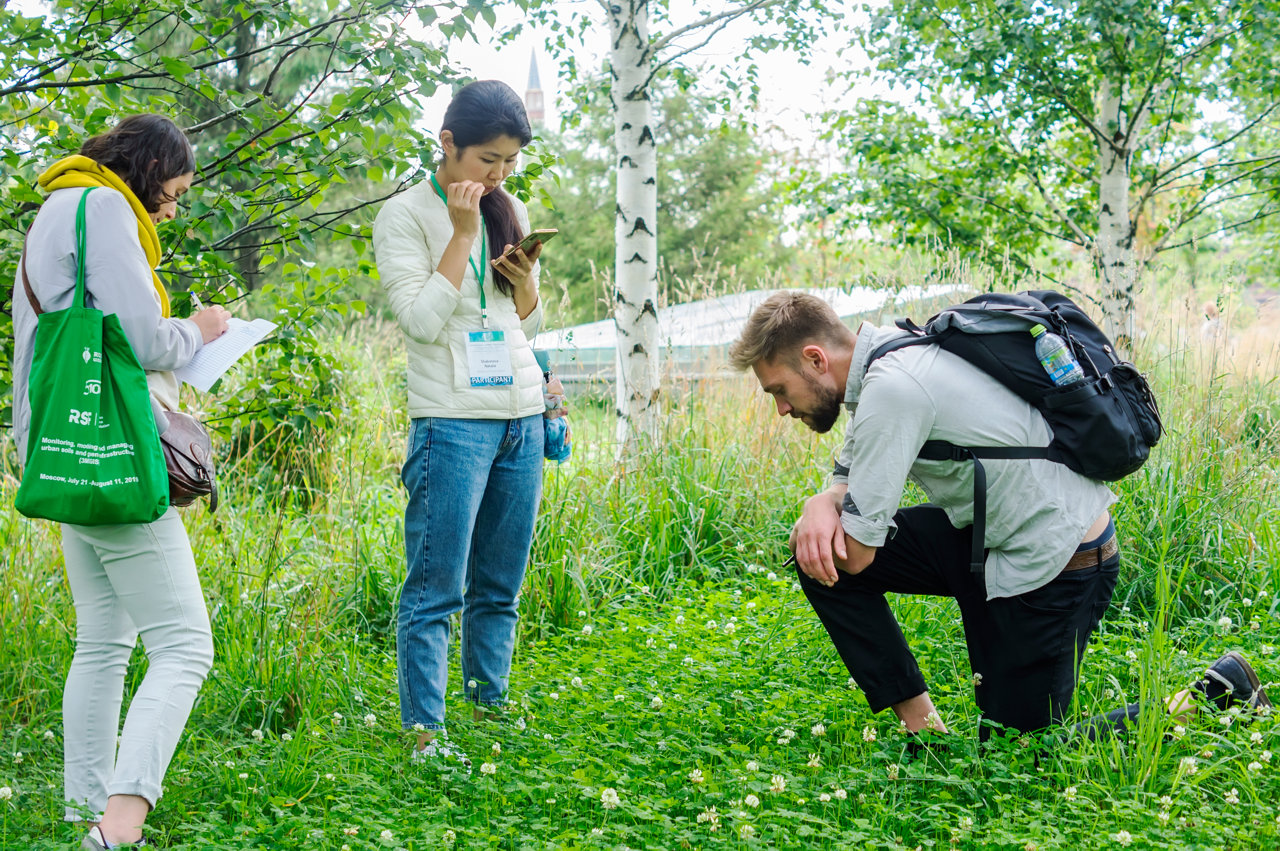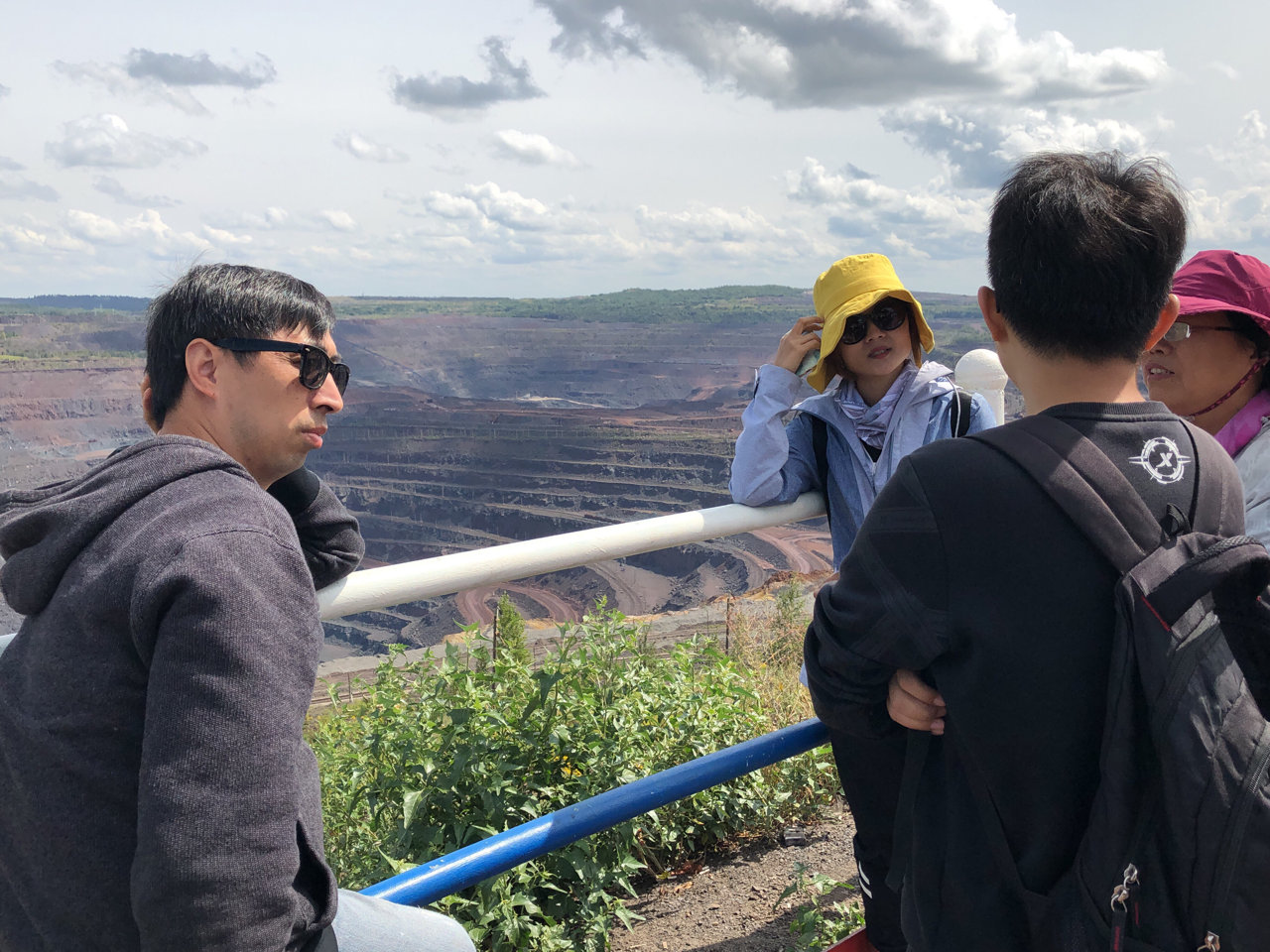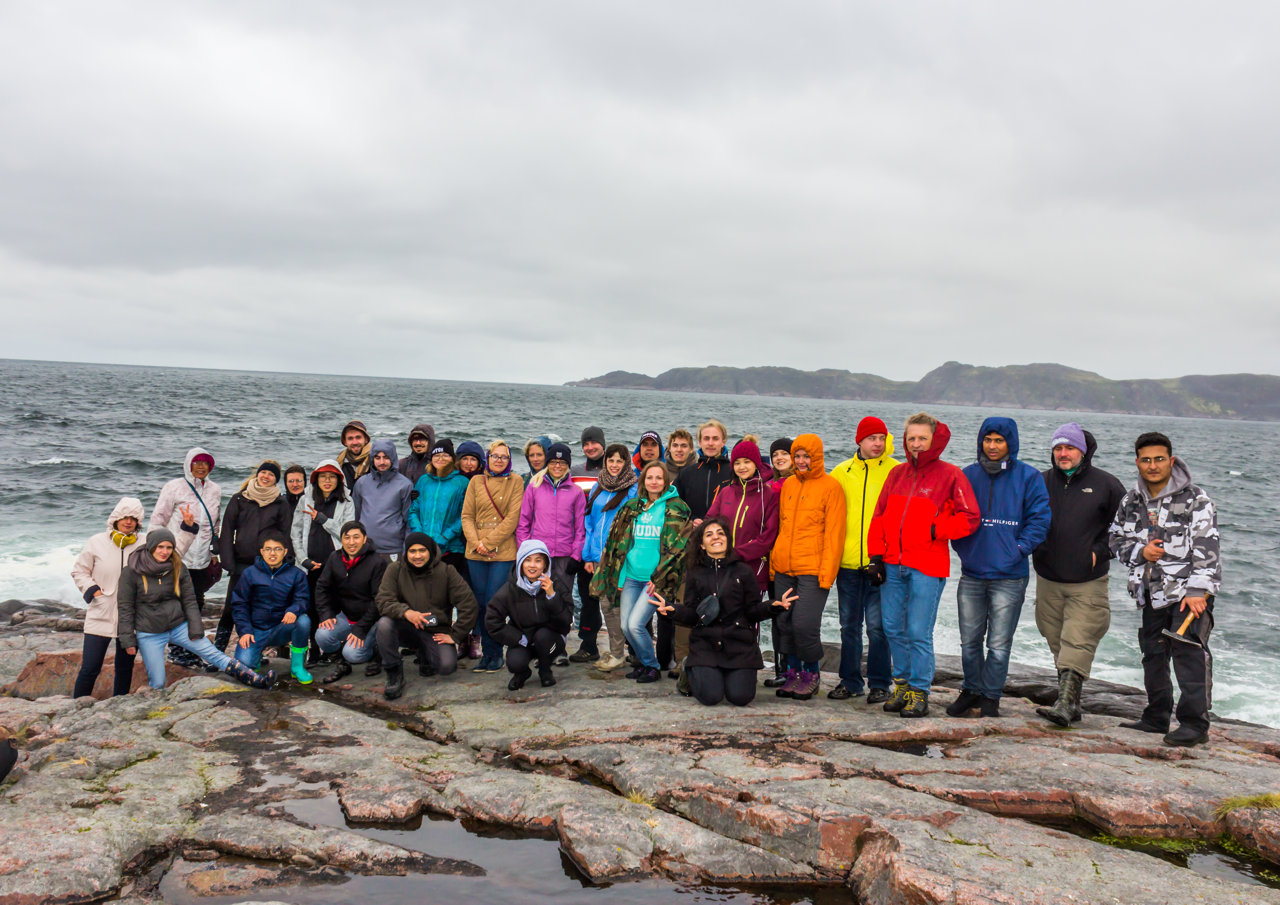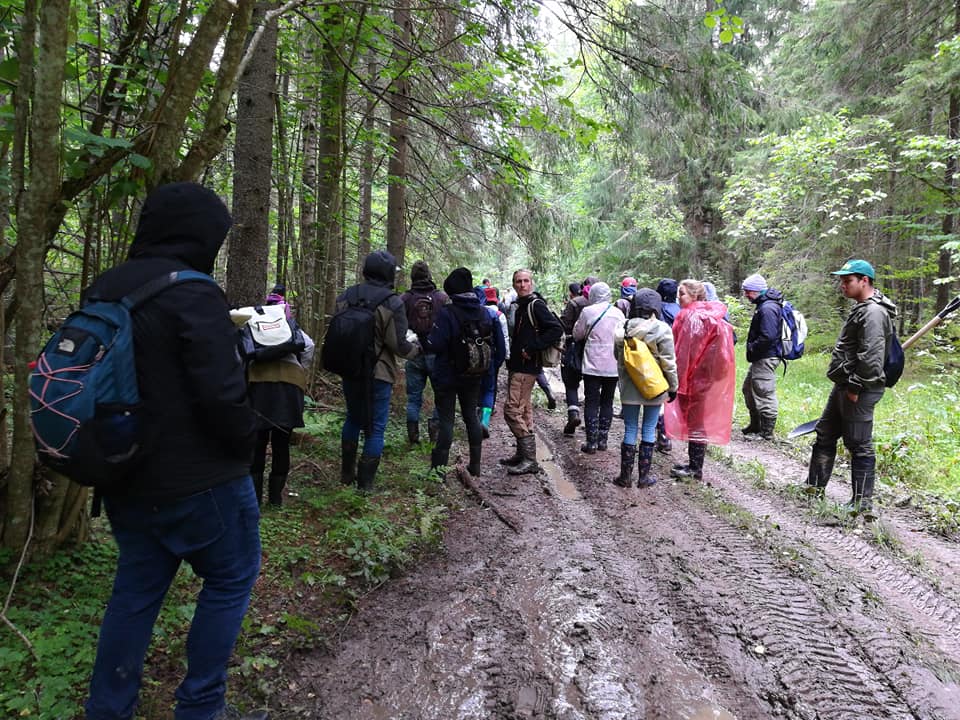From the Barents to the Sea of Azov: participants at the 3MUGIS RUDN Summer School study the landscapes and soils of Russia
July 27 - August 10, RUDN University hosted the III field international summer school «Anthropogenic and natural soil landscapes in European Russia: from sea to sea» - 3MUGIS. The program includes a route from the Barents Sea to the Sea of Azov. Participants covered more than 3,000 km, crossed 6 regions of Russia and five natural zones from the forest-tundra of the Kola Peninsula to the dry steppes of the Rostov Region. The goal is to study in practice different types of landscapes and to show the contrast between natural and urban areas. 50 participants from the 3MUGIS Summer School represented 6 countries: Russia, Germany, Italy, China, the USA and France.
«This year we have set our sights on such a large format, which we called «Anthropogenic landscapes from sea to sea». The school is intended for students, masters, young scientists who specialize in urban ecology, landscape design, soil science. We not only study ecosystems, but also get an idea of the social and cultural characteristics of life in Russian regions. This is interesting for foreigners both from the point of view of studying another country, and to understand the role of urban infrastructure in the sustainable development of cities,” Vyacheslav Vasenev, assistant professor of landscape design for sustainable ecosystems at RUDN University and project coordinator.
Initially, the project work was organized in two teams, in which students used different methods of obtaining primary data. In addition to lectures, field work was carried out to assess the state of ecosystems - some studied soils, while others studied green spaces, greenhouse gas flows, and microclimate features. At 3MUGIS school, they taught to analyze and understand the environmental features of contrasting landscapes - tundra and steppes, industrial zones and reserves. Particular attention is paid to the analysis of the laws and properties of landscapes depending on the climatic region and the degree of human impact on nature. Each participant had the opportunity to gain competencies in the field of different methods of soil analysis, temperature measurements, green spaces. Throughout the entire field phase, teams collected data, maintained observation tables, and conducted analytical work.
The first field day was held in late July in the Zaryadye metropolitan park. The route was further laid from the North of Russia to the Sea of Azov: from Teriberka through Monchegorsk, Apatity and Kirovsk, the village of Zapovedny in the Tver region, Pushchino, Kursk, Voronezh to the southern coastal steppes of Rostov-on-Don and Taganrog. For 14 days, the participants visited 3 nature reserves, 3 botanical gardens, the only polar metropolis of Murmansk, the largest mining region - the Kursk Magnetic Anomaly, a village on the Arctic coast and the historical cultural district of the Cossacks, a golf club in Rostov-on-Don. The team, not in theory, but in practice, got acquainted with the socio-economic and cultural characteristics of the regions of Russia.
«The urban environment is formed under the combined influence of the natural and socio-economic characteristics of specific settlements. We are trying to show this to the participants of the school, and judging by the huge number of interesting questions they ask, this idea is clear and close to them,» - Marina Slukovskaya, senior researcher at the Laboratory of nature-like technologies and technosphere safety of the Arctic at the Kola Science Center and one of the co-organizers of the summer school .
In the Murmansk region, participants of the 3MUGIS PFUR summer school visited the ecological path of the Polar Alpine Botanical Garden of the Kola Science Center of the Russian Academy of Sciences, where they got acquainted with the Khibiny Mountains ecosystem, visited the Museum and Exhibition Center of Apatit JSC and the Lapland Nature Reserve. The team worked with three soil sections: in Akademgorodok (an example of an urban landscape), in a forest on the outskirts of the city of Apatity (an example of a natural landscape) and near the Severonickel industrial site (an example of an industrial transformed landscape). The school participants measured the emission of carbon dioxide, the content of heavy metals in the soil, assessed the status of green spaces at all sites.
«I was interested, I was delighted, although, to be honest, sometimes I was cold. I participated in a field school for the first time, learned a lot. I’m interested in how everything is connected with each other – soil, trees, how people live», - Ruslana Baker, participant of 3MUGIS summer school, student of Arizona State University (USA).
«We compare the natural and plant-affected soils and plant communities – we visited the Lapland Nature Reserve, in the Monchegorsk region, in the Khibiny. The Murmansk region is a wonderful region where protected areas are adjacent to industrial complexes, which allows you to quickly see a large number of diverse landscapes and imbued with the beauty and complexity of life in the North. The Kola part of the school turned out to be saturated. We hope that students will have long-term impressions», summarized Maria Korneykova, head of the Laboratory of Microorganism Ecology at the Institute of Industrial Ecology of the North.
Then through Moscow – to the Central Forest State Biosphere Reserve in the Tver region to get acquainted with the taiga landscapes of the Russian Plain. There are few such ecosystems left – most of the massifs of the southern taiga have been destroyed by humans over the past millennium. The 3MUGIS school team studied podzolic soils typical of northern coniferous (boreal) forests. These soils form in cold areas with good leaching conditions. The reserve is a unique natural massif in the southern taiga zone, almost disturbed by humans, therefore the results of monitoring studies are used for environmental assessment of the Moscow metropolis as a background.
Next in line are mixed and broad-leaved forests (Pushchino), forest-steppe (Kursk and Voronezh regions) and the steppe landscapes of the Azov coast. As it moves from north to south, the factors of soil and landscape formation, the main types of land use and anthropogenic load change. From the industrial Kola Peninsula, the steppe landscapes differ not only in environmental features, but also in the absolute dominance of agricultural activity. In each region, participants examined the soil for the presence of heavy metals: lead, cadmium, nickel, copper; carried out measurements of the potential and actual water state of soils, soil respiration, visual assessment of trees, vegetation analysis using remote sensing, micrometeorological observations.
The exam at the summer school was held in Rostov-on-Don at the Southern Federal University (SFU). Participants presented the results of field work on ecosystem assessment based on data collected over 2 weeks. Each team has chosen its own approach to the interpretation of the results. Despite the fact that everyone worked side by side on the same sites, the results were noticeably different both in presentation format and in accents. The project of the First Team “Soils of European Russia from sea to sea» provided an extensive and comprehensive analysis of all the factors of each of the climatic zones. In the project of the second team, one soil function was taken as the basis – soil respiration (CO2 emission), measured using a gas analyzer. Participants evaluated this indicator for all objects and simultaneously compared temperature indicators, type of vegetation, etc.
Among the experts who evaluated the results of the summer school were associate professors and professors of RUDN University, Moscow State University, Southern Federal University, and Timiryazev Agricultural Academy.
«A special achievement of the school is the team of organizers and participants that formed during the preparation and conduct of the summer school. In practice, it turned out to realize the interdisciplinary and international principles of science. This provided a solid foundation for new knowledge. 3MUGIS united research, educational, environmental organizations. The International Society of Soil Scientists, the Russian Science Foundation, the Institute of Urban Soils of New York, the Timiryazev Agricultural Academy, Moscow State University, the Kola Science Center, the Geographical Institute of the Russian Academy of Sciences, the Southern Federal University, nature reserves and international cooperation projects have contributed», Elvira Dovletyarova, Director of the Landscape Department designing sustainable ecosystems of RUDN.
«These were the most intense and best 3 weeks in my life. I learned a lot about the soil from our professors from Russia, the USA, Germany and France. I am also very happy to be able to see so many beautiful places and make new friends. Friends who were with me in both happy and difficult times. I want to thank all the participants and organizers of 3MUGIS. Thank you for this amazing time”, said Semra Tekgul, a student at the Technical University of Berlin (Germany).
Organizers:
- RUDN University (Moscow, Russia)
- Urban Soil Institute (New York, USA)
- Technical University of Berlin (Berlin, Germany)
- with the support of the International Union of Soil Sciences and the Russian Science Foundation, Southern Federal University
For reference:
Details about the summer school are available at http://3mugis.org/
